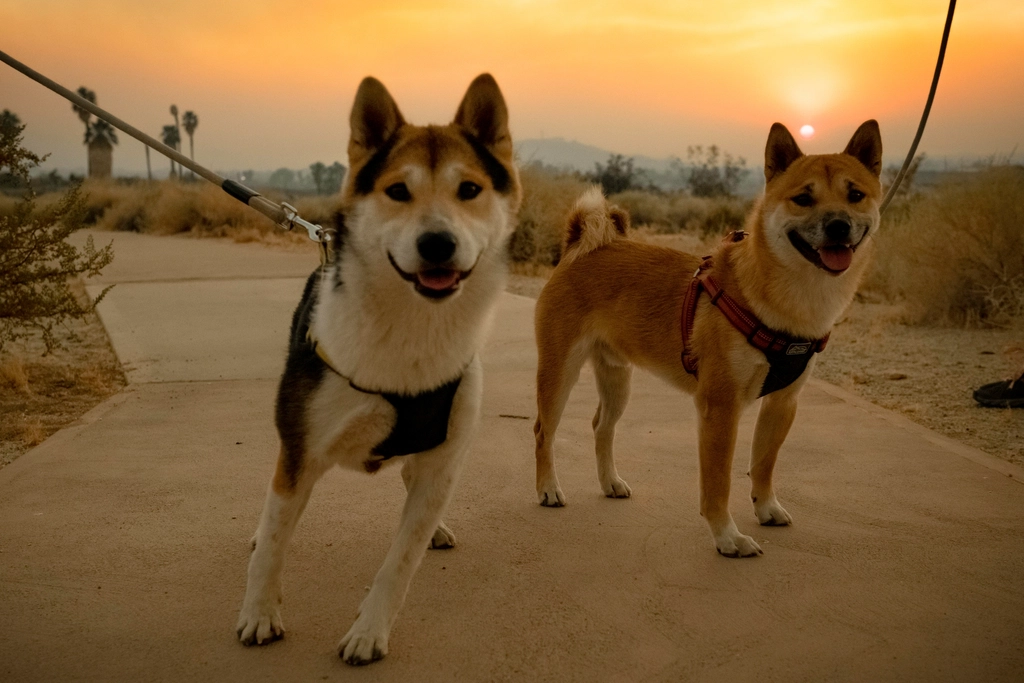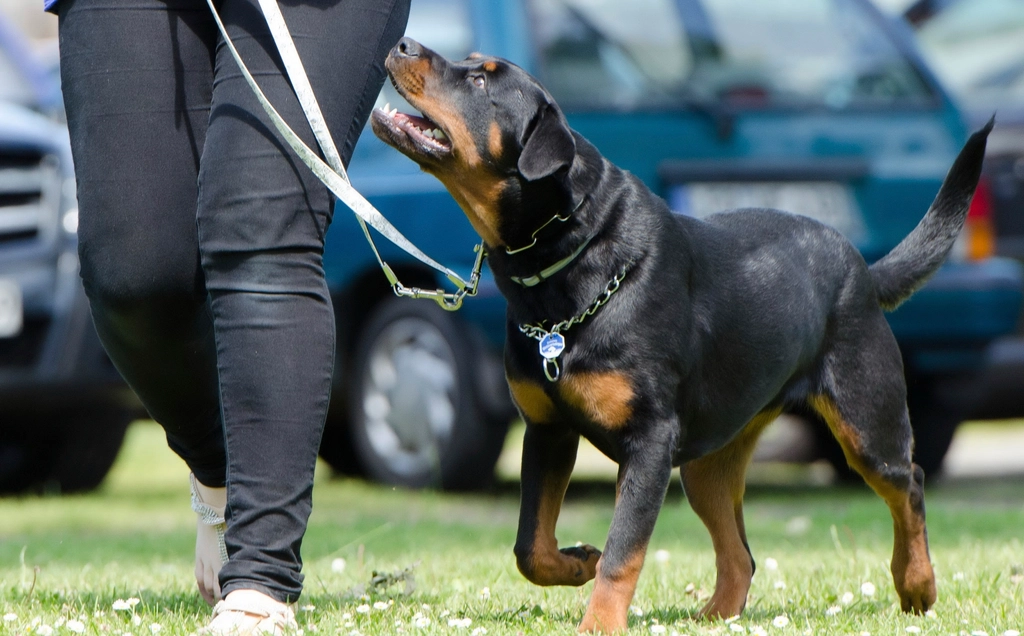Welcoming a dog into your life can be a rewarding experience, but it can also come with its challenges, especially if you have a hyperactive dog. These energetic companions can sometimes overwhelm even the most patient of pet owners. However, understanding the root causes of their behavior and implementing effective management strategies can transform your relationship with your lively furry friend. Let’s delve into the world of hyperactive dogs and discover practical ways to handle their boundless energy.
Understanding Hyperactivity in Dogs
Before you can manage a hyperactive dog, it’s crucial to understand what causes this behavior. Hyperactivity in dogs can stem from various factors, including breed tendencies, insufficient exercise, or even anxiety. Some breeds, like Border Collies and Jack Russell Terriers, are naturally more energetic due to their working backgrounds. Inadequate physical or mental stimulation can lead to pent-up energy, manifesting as hyperactivity. Furthermore, anxiety or stress can also cause dogs to act out energetically. Recognizing these underlying causes can be the first step in effectively managing your dog’s behavior.
The Importance of a Routine

Dogs thrive on routine, and a well-structured daily schedule can help manage hyperactivity. Consistency in feeding, walking, and playtime can provide your dog with a sense of security and predictability. When your dog knows what to expect and when to expect it, they are less likely to become overexcited or anxious. Think of a routine as a roadmap for your dog’s day, guiding them through activities in a way that meets their physical and mental needs. Over time, a consistent routine can drastically reduce hyperactive behaviors.
Exercise: A Key to Calmness
Just like humans, dogs need regular exercise to maintain their physical and mental well-being. A lack of exercise is often a primary cause of hyperactivity. Regular walks, play sessions, and even agility training can help burn off excess energy. The type and duration of exercise will vary depending on your dog’s breed, age, and health. For instance, a young Labrador Retriever may require more intensive exercise than an older Chihuahua. Tailoring an exercise plan to your dog’s specific needs can be a game-changer in managing hyperactivity.
Engaging Their Minds
Mental stimulation is just as important as physical exercise for hyperactive dogs. Interactive toys, puzzle feeders, and training sessions can challenge your dog’s mind and keep them occupied. Teaching your dog new commands or tricks not only stimulates their brain but also strengthens the bond between you and your pet. Consider activities like scent games or obedience training that can double as both mental and physical exercises. A mentally tired dog is often a well-behaved dog, as they have less energy to channel into hyperactive behaviors.
Diet and Nutrition
Believe it or not, your dog’s diet can influence their energy levels and behavior. Feeding your dog a balanced diet with appropriate nutrients is essential for their overall health. Some commercial dog foods contain high levels of sugar or additives, which can contribute to hyperactivity. Opt for high-quality dog food that meets your pet’s specific dietary needs. Sometimes, a simple change in diet can lead to noticeable improvements in your dog’s behavior. Always consult with your veterinarian before making any significant changes to your dog’s diet.
Understanding Triggers
Identifying what triggers your dog’s hyperactivity can help you manage their behavior more effectively. Common triggers include visitors, loud noises, or even other animals. Observing your dog’s reactions to different situations can provide insights into what sets them off. Once you identify these triggers, you can work on desensitizing your dog through gradual exposure or training. For instance, if your dog becomes hyperactive when guests arrive, practicing calm greetings and rewarding calm behavior can help reduce their excitement over time.
Calm Environment
Creating a calm and safe environment at home can significantly influence your dog’s behavior. Consider setting up a designated space where your dog can retreat when they feel overwhelmed or overstimulated. This space should be comfortable and free from distractions. Soft music or white noise can also help create a calming atmosphere. Remember, a peaceful environment can help soothe your dog’s nerves and reduce hyperactivity. It’s like providing them with their own personal sanctuary where they can relax and unwind.
Training and Positive Reinforcement

Training is an essential tool in managing a hyperactive dog. Using positive reinforcement techniques, such as treats or praise, can encourage desired behaviors and reduce hyperactivity. Consistency is key, and training sessions should be kept short and engaging to hold your dog’s attention. Commands like “sit,” “stay,” or “leave it” can be particularly useful in curbing hyperactive behaviors. Over time, with patience and persistence, your dog will learn to respond appropriately to different situations.
Seeking Professional Help

If you’ve tried various strategies and still struggle to manage your hyperactive dog, it might be time to seek professional help. Dog trainers or behaviorists can provide personalized guidance and support. They can assess your dog’s behavior and develop a tailored plan that addresses their specific needs. Sometimes, underlying health issues like thyroid problems can contribute to hyperactivity, so consulting with a veterinarian is also advisable. Remember, seeking help is not a sign of failure but rather a proactive step towards a harmonious relationship with your dog.
Conclusion
Managing a hyperactive dog requires patience, understanding, and a willingness to adapt. By implementing a combination of physical exercise, mental stimulation, a balanced diet, and consistent training, you can help your dog become calmer and more manageable. Each dog is unique, so it’s essential to tailor your approach to their individual needs. With time and dedication, you can transform your hyperactive dog into a well-behaved companion, bringing harmony and joy into your home.

Esther is from India; the heartbeat of South Asia, holding a Master’s degree in Zoology and a postgraduate diploma in Animal Welfare. Her enthusiasm for animal welfare drives her passion and dedication to working for animals, ensuring their well-being, and advocating for their rights. With a solid academic background and hands-on experience, she is committed to making a positive impact in the field of animal welfare. In her free time, she enjoys embroidery and sewing. As a Chennaite from Tamil Nadu, Esther loves Bharathanatyam, an Indian classical dance form.





